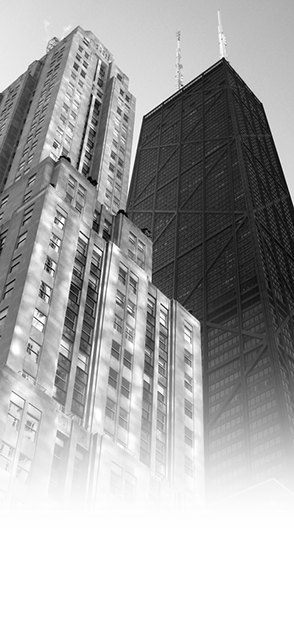
Why Firestopping?
Smoke and toxic gases claim more lives in fires than fire itself. Though sprinkler systems can suppress flames, they often contribute to an even deadlier danger - smoking debris. Unless it’s contained, smoke will travel through a building at 120 - 420 feet per minute, devouring all breathable air.
The best way to answer “Why firestopping?’ is by looking at the statistics.*
• 75% of all fire deaths are caused by smoke inhalation.
• Over half of fire-related deaths occurred in rooms where the fire did not originate.
• Smoke can fill a 20 by 20 by 20 foot room through a pencil size hole in less than 4 minutes.
Firestopping came into its own in the late 1970s to help reduce the catastrophic loss of life and property caused by smoke and other airborne pathogens. It is especially critical in buildings where the mobility of tenants is restricted including hospitals, assisted living and nursing homes, high-rise buildings and prisons.
In 1980, lack of firestopping technology contributed to the death toll at the MGM Grand fire. Although the fire started in a lower level kitchen, smoke infiltrated the high-rise tower eventually claiming 85 lives. Today firestopping is mandated for public safety and property loss management, and required by all model building codes.
* Statistics courtesy of the International Firestop Council


